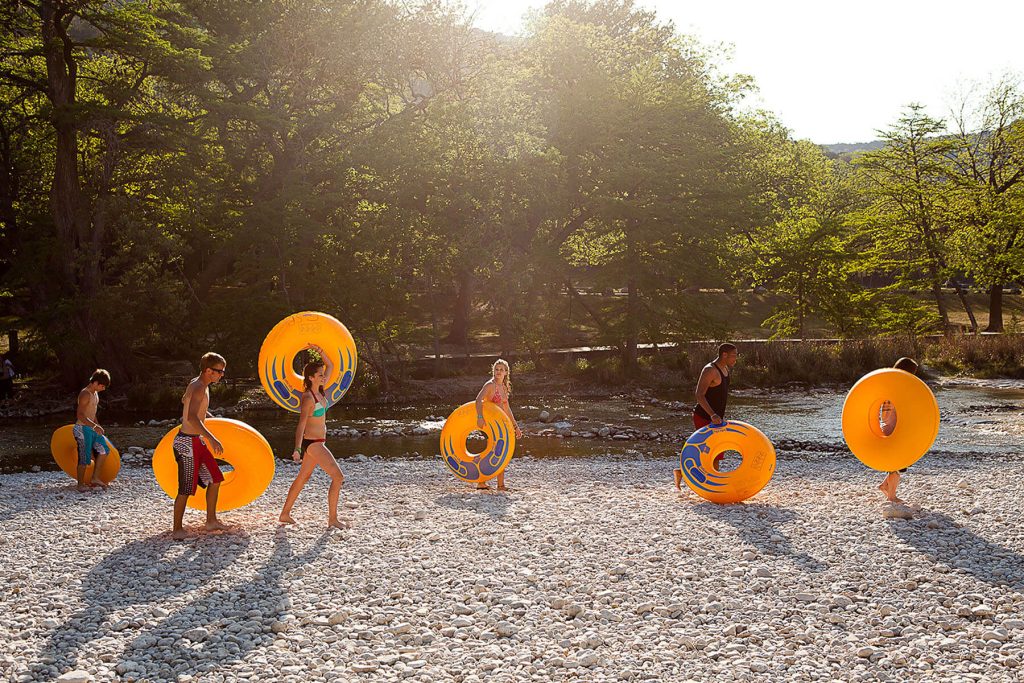Cricket, anyone?
All-rounders Corey Anderson of the San Francisco Unicorns, who played for New Zealand in international cricket and lives in Dallas, and Ali Sheikh, the LA Knight Rider who learned the game on Dallas-area pitches, are two of the stars of Major League Cricket.
Some 50 people are gathered under canopy tents on a berm overlooking the cricket grounds where the UMMC Knight Riders and The Kingsmen—both from Houston—are competing in the final match of a two-week training camp for 56 American prospects for Major League Cricket, a professional league modeled after the Indian Premier League, cricket’s equivalent version of the National Football League.
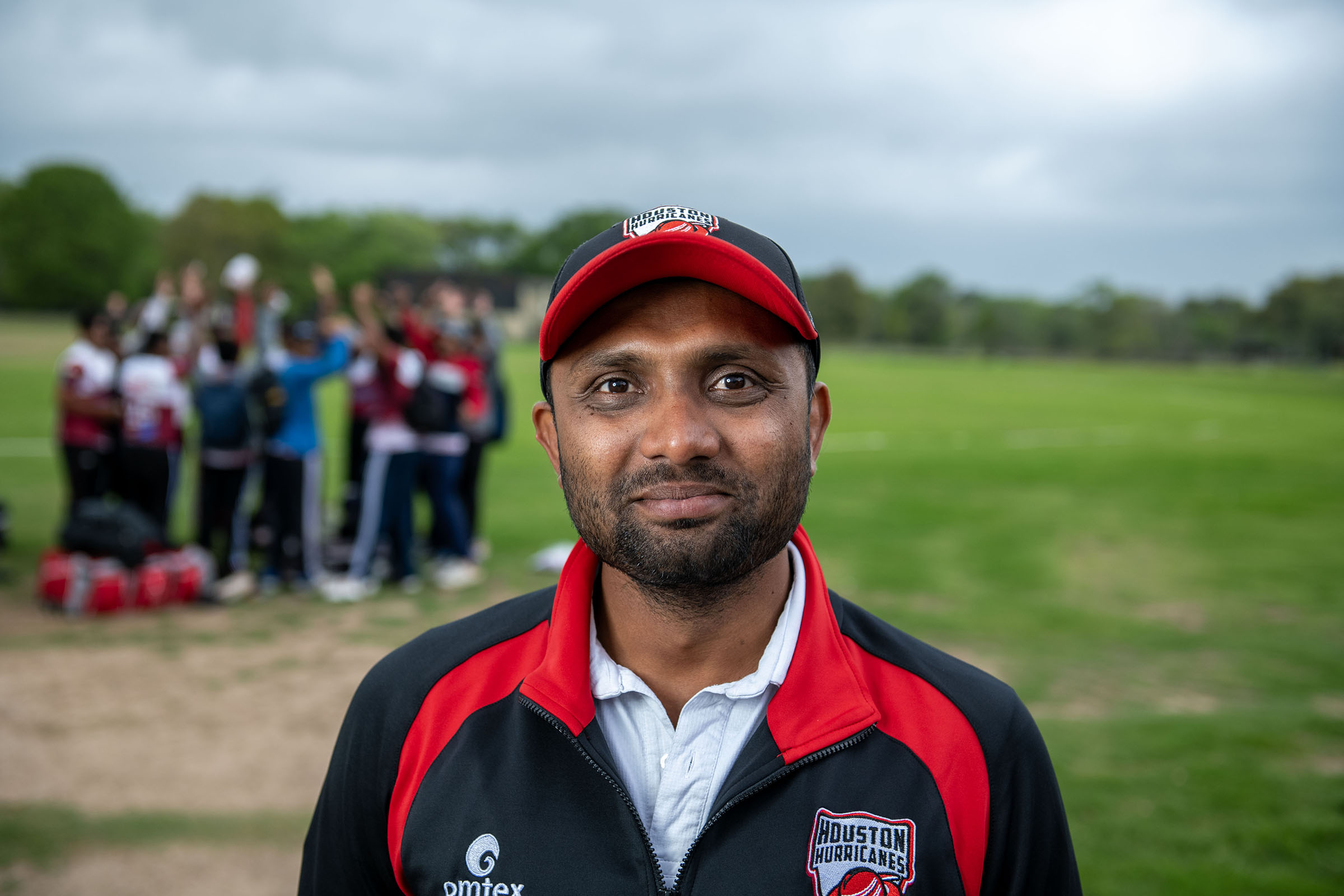
Officials from Major League Cricket stand alongside professional players from outside the U.S. who had been brought in for the camp. There’s also a duo providing live play-by-play for MLC’s YouTube channel, and several men in athletic leisure gear, sweats, and shorts sitting in folding chairs with iPads and notebooks in their laps—they’re the scouts representing MLC’s six franchises.
Everyone watching the final match is hoping the rain will hold off. “I’ve been watching the weather radar all morning,” Chaudhari says. “We may be able to get this one in.”
Like baseball, cricket involves two teams of players, a ball, and a bat. There are 11 players on each team. One player (the bowler) throws the ball while an opposing player (the batsman) tries to hit it.
The Game
Cricket is played on a large, grass oval with two teams of 11 players on each side. The diameter of the field is between 450-500 feet, but most of the action happens in the center in a 22-yard rectangle known as the pitch. Similar to baseball, one team will bat while the other takes the field, and the goal of the game is to score more runs than your opponent.
The pitcher, or bowler, gets a running start, skipping and taking a hop just before he reaches a line where he launches the ball with an overhead windup, aiming low toward the wicket at speeds exceeding 85 mph.
The batsman, decked out in a protective mask and padding, defends the wicket by trying to swat the ball with his paddle-like bat. If the bowler knocks down the wicket, the batsman is out.
Instead, the batsman makes contact and the ball bounces in any direction before it is grabbed by a fielder.
If the ball gets caught on the fly, that’s an out.
If the batsman runs to the opposite wicket before the ball thrown by the fielder can hit the first wicket—the batsman scores!
If the ball bounces beyond the boundary line, that’s four runs.
If the ball leaves the boundary on the fly, that’s six runs — aka a sixer.
Cricket, a quaint and quirky pastime born in England, is now the second most popular team sport in the world, only trailing soccer. Beloved almost everywhere the British Empire planted its flags in the 18th, 19th, and 20th centuries during colonization, the game may be one of the oldest team sports on earth, but cricket has never gained much traction in the United States. The people gathered at the Prairie View Cricket Complex aim to change that.
The Prairie View grounds and the new Grand Prairie Cricket Stadium west of Dallas are the hubs of American professional cricket. The 86-acre Prairie View grounds, established in 2018, is the largest complex of cricket fields in the United States, while the former home of the minor league baseball Texas AirHogs has been redesigned to cricket specifications with a capacity of 7,200—the first cricket-specific stadium in the US.
Chaudhari, a 38-year-old with a light beard and aviator shades, manages the Prairie View Cricket Grounds and is the driving force behind the National College Cricket Association and a Houston-area youth cricket academy. He grew up in Mumbai playing “gully cricket” on the street before emigrating to the U.S. where he studied and then worked as a chemical engineer at the Sandia National Laboratories. That was before he moved to Houston to devote his life to cricket. Chaudhari plays a critical role in selling the game domestically: He’s got the fields. “This is open for everyone,” Chaudhari says. “National and international teams are going to train here.”
Three days after the tournament and training camp wrapped at Prairie View, the scouts and representatives of teams from Los Angeles, New York, San Francisco, Seattle, Texas and Washington, D.C. gathered at Space Center Houston, 80 miles from Prairie View, to draft 59 domestic players. Those players will join players from overseas in Grand Prairie for Major League Cricket’s debut tournament starting July 13 and climaxing with the championship match on July 30.
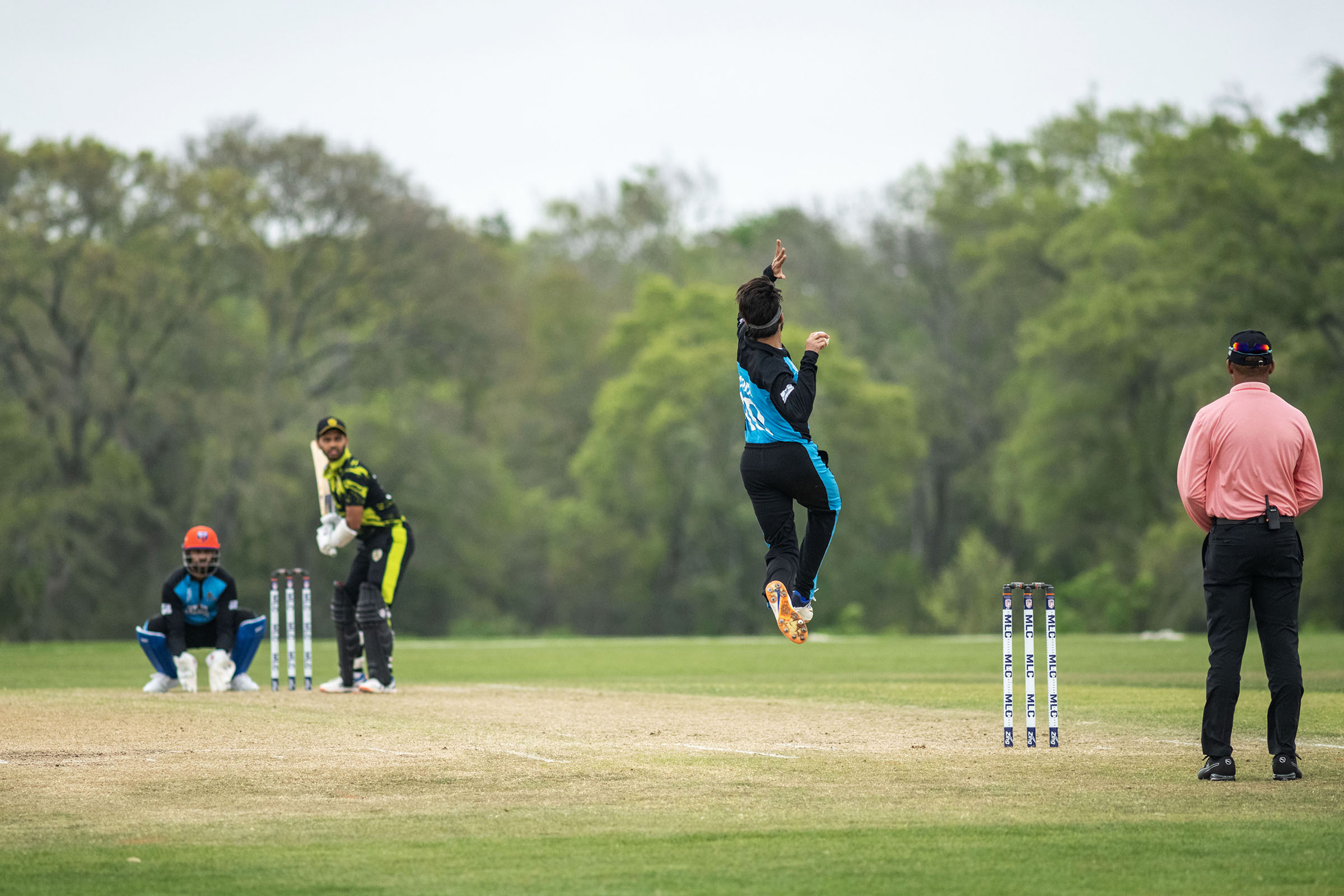
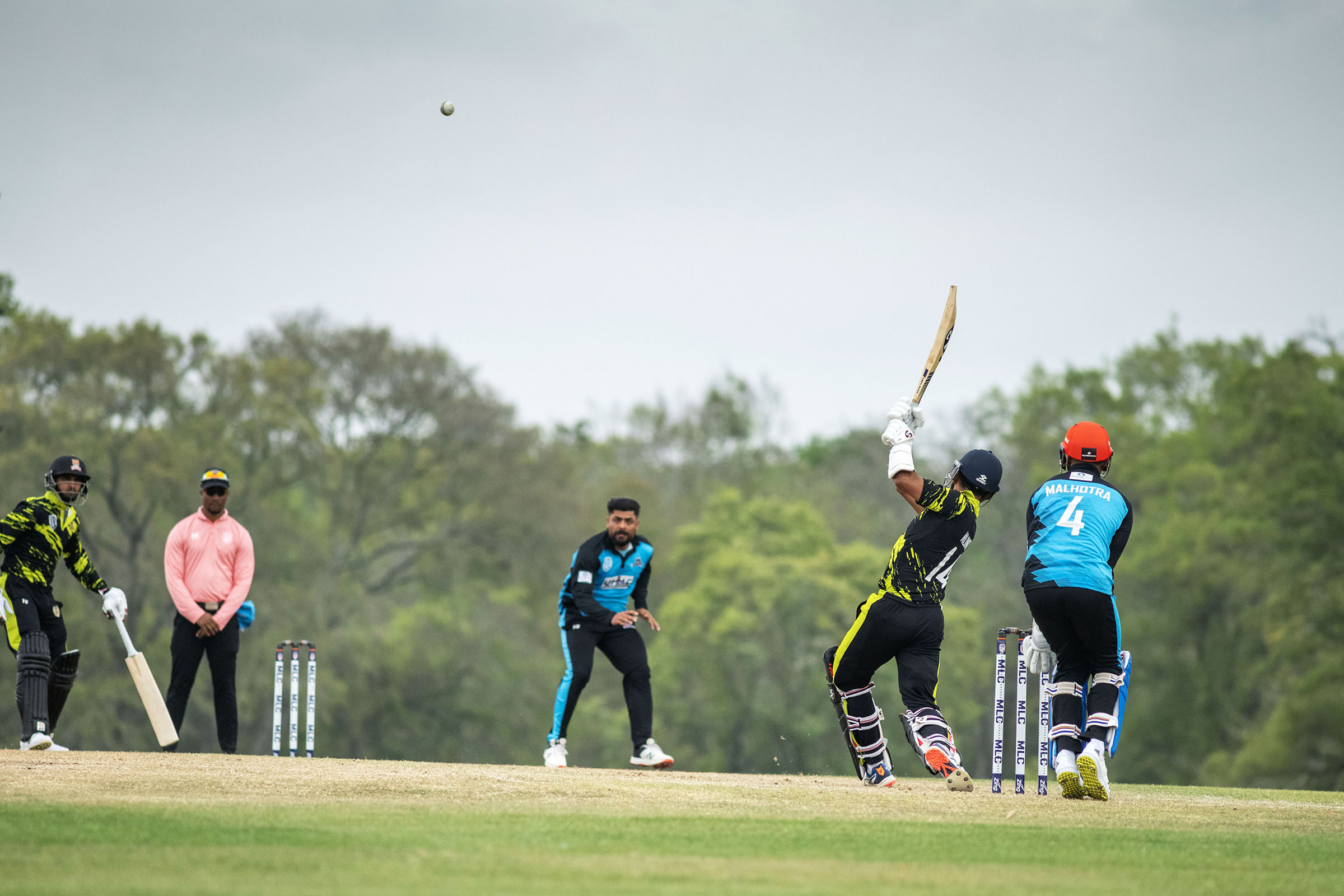
Cricket is a religion in India, Chaudhari explains—it’s the most popular spectator sport in the country and a hugely popular recreational activity enjoyed by men and women. The 2022 championship match of the Indian Premier League drew a crowd of 100,000 in Ahmedabad last May, and television viewership of the league exceeds 430 million. Some Indian Premier League franchises are valued north of $1 billion, and neighbors Pakistan, Sri Lanka, Bangladesh, and the United Arab Emirates are just as cricket crazy.
Out all 50 states in the US, Texas became the cricket hub for its facilities and its built-in audience of more than 1 million South Asian immigrants. “Seventy-five per cent of the players in the Houston area are from India or Pakistan,” Chaudhari says. “Most are upper middle class, educated, business owners, engineers, doctors. These guys have spending power. We know our audience, and that audience can pay for it. Once we get more Americans interested, then we can scale up. There’s a proper path to take.”
Chaudhari’s goal is to have a Major League Cricket team in Houston in the next two to three years, ideally at the Prairie View site, where he envisions a stadium being built to complement the existing fields. “A restaurant, hotel, sports bar dedicated to cricket, or gas station would be nice too,” he adds while gazing at the manicured grounds he helped develop.
Prairie View already sees plenty of cricket action. The Houston Hurricanes, the Dallas Mustangs, and the Lone Star Athletics of Austin, who play in Pearland, are three of the 26 teams competing in the developmental Minor League Cricket, which began play in 2021 and divvied out $350,000 in prize money to teams at the 2022 tournament held at Prairie View and all across the U.S. Area club teams playing for pleasure compete there too: “We hosted more than 40 [local Houston] teams for the tournament last year,” Chaudhari says. “I think there are 47 club teams now in the area.”
The Prairie View grounds also hosted the Houston Women’s Open in April and the Houston Men’s Open in May. That one had a $130,000 total purse, with $65,000 going to the winning team. “Players come from the Caribbean islands, Scotland, Pakistan,” Chaudhari says. “It’s a five-day festival of cricket.”
Chaudhari’s partner in the Prairie View venture is Tanweer Ahmed, an affable self-made multimillionaire who grew up in Pakistan before moving to the US in 1988. Ahmed is owner of the Houston Hurricanes minor league team as well as part-owner of the Texas Super Kings, and hopes to secure a MLC franchise for Houston in the next two years. “It starts with one small idea,” he says with a wide smile. “Six years ago, who would have thought we’d be here today? All the international players have come here from all over the world – Pakistan, India, New Zealand, Australia, South Africa. They want to make money. We all do.”
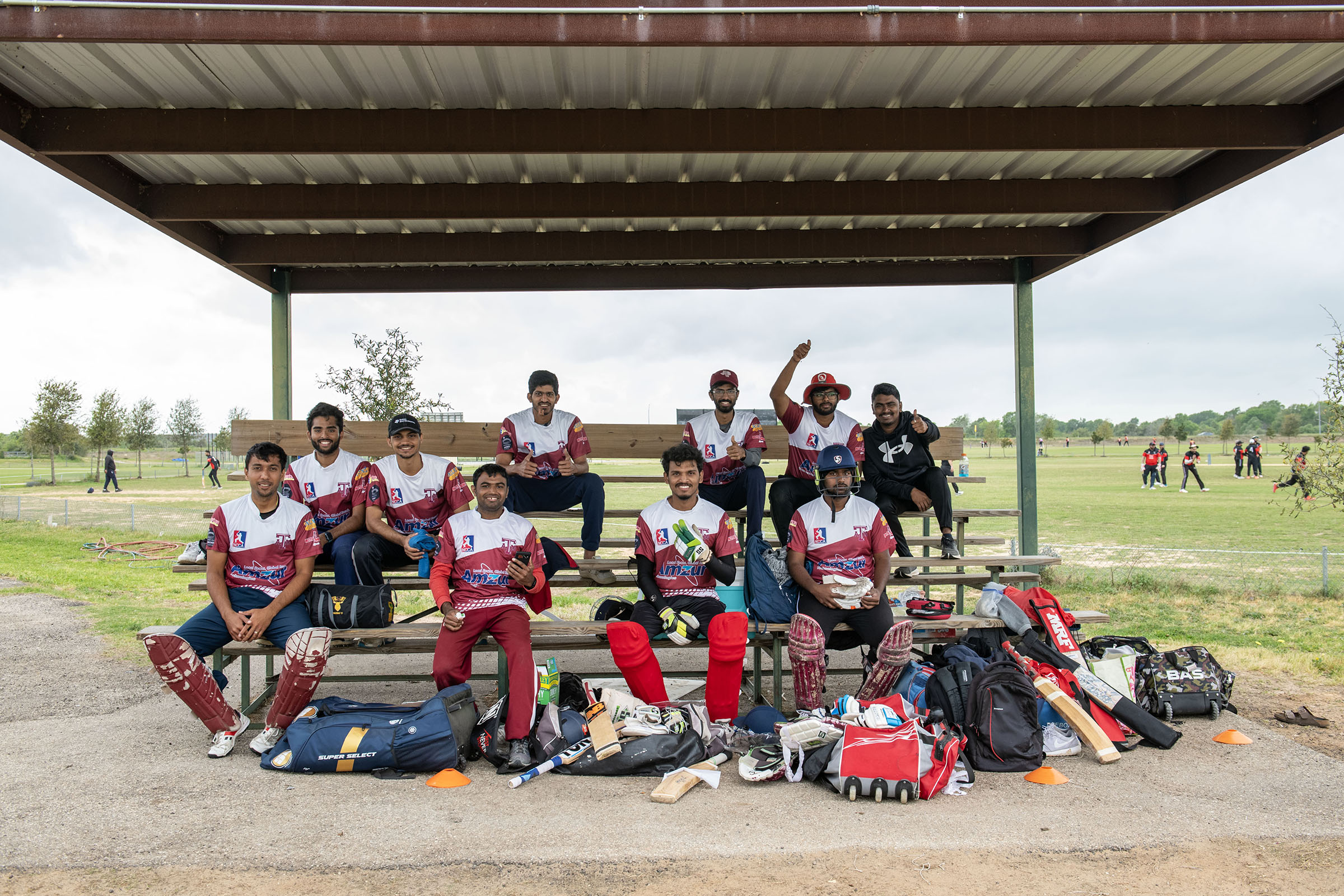
Many eyes at Prairie View are focused on one player in particular—Ali Sheikh, a lanky 20-year-old “all-rounder” who excels at both batting and bowling. If there is a future for MLC, Sheikh is destined to be part of the story. Born in Doha, Qatar, Sheikh moved with his family to Plano when he was 12. His cricket training has been entirely in the Dallas area.
“He’s one of the most exciting talents in the U.S.,” says Burt Cockley, an Australian cricketer who is the strength and conditioning coach for Major League Cricket. “He’s got the attributes and qualities to be a world-class player.”
I finally catch up with Sheikh, a lean figure with a trim beard and a charismatic smile reminiscent of the NFL’s Tim Tebow, during a rain delay in the championship match at Prairie View. “People from all over the world have come to scout, and I think they’re impressed with what they’ve seen,” he says.
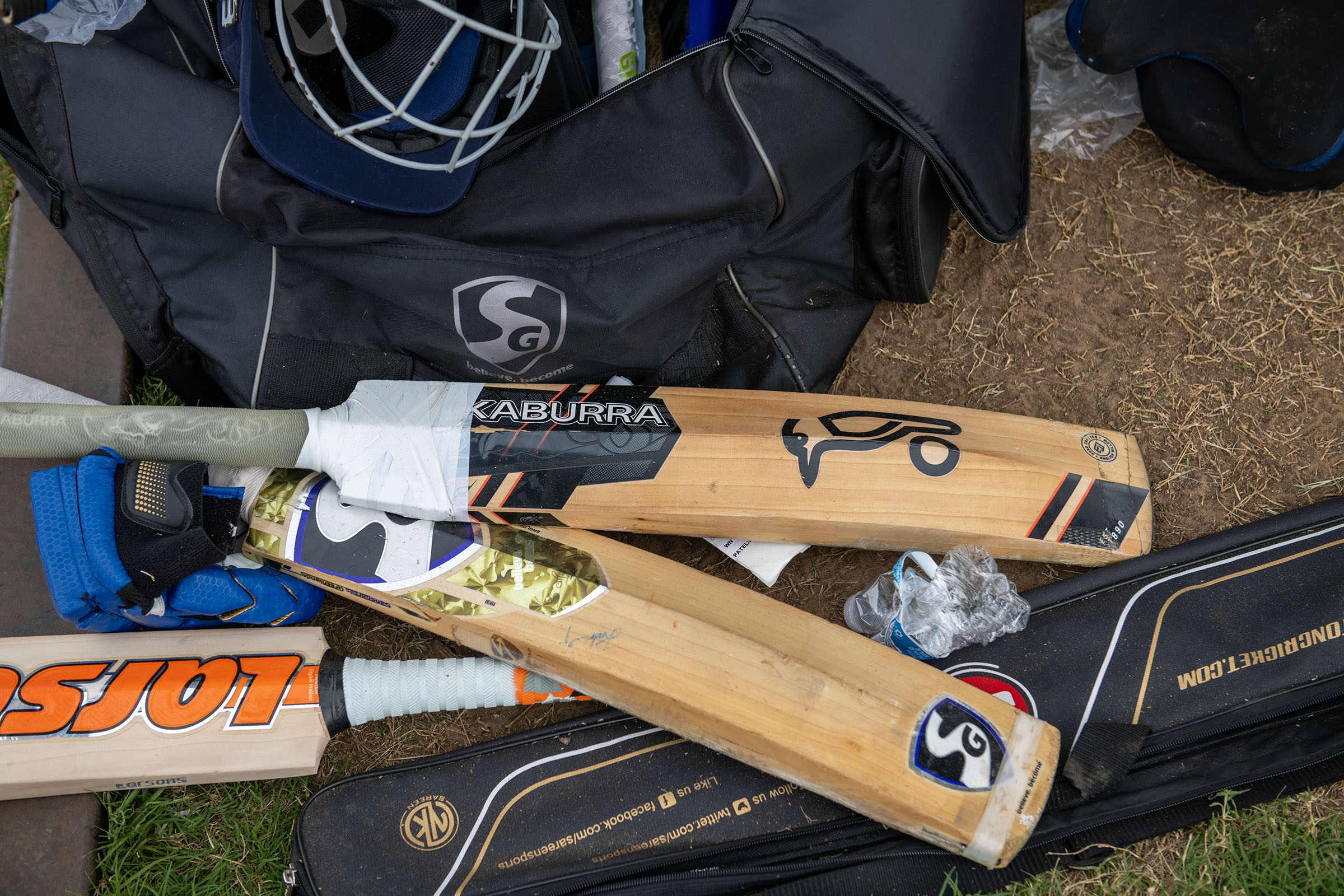
Sheikh would be drafted in Round 6 by the Los Angeles Knight Riders, one of the five teams competing against the Texas Super Kings. But he will be a hometown favorite nonetheless since the majority of the MLC matches will be in Grand Prairie in the same metro area where he learned the game (some games will be in North Carolina).
Before his senior year at the University of Texas at Dallas, where he is majoring in accounting, Sheikh will earn $25,000 for his part-time summer job playing for the Knight Riders. He will see how Major League Cricket fares before putting his degree to work. “Let’s see where cricket takes us,” he says. “If there’s proper infrastructure, like facilities, the game could draw a lot in this country. You know how basketball players have coaches, and there’s basketball courts everywhere? They should start building more cricket grounds, build better stadiums that attract people to watch the game.”
Back at the game, MLC vice president and tournament director Justin Geale likes what he sees. “I grew up in Australia with cricket and watching American TV, so it’s very aspirational to come to the U.S. with the sport you grew up with,” he says.
To Geale, the question isn’t, why cricket in the U.S.? It’s more like, why not? “If I can watch cornhole on ESPN, surely I can watch cricket,” he laughs.
And Texas cricket fans (or the cricket curious) have it even better, because they can watch cricket live in Grand Prairie in July or drop in at the Prairie View Cricket Complex where cricket is played throughout the year—there’s also a women’s cricket tournament in Houston from September 15-30. No sticky wickets on these Lone Star pitches.
The first Major League Cricket match pits the Texas Super Kings vs. the LA Knight Riders on July 13. Tickets start at $30 and can be purchased at tickets.majorleaguecricket.com.
